Never forget those brave bastards in Aussel who gave their lives to delay the enemy! If it weren't for that uprising, we'd already be licking Kilas' boots.— Elbel Vehlow-Boerk, General of the Ausselian Forces
The Battle of Netter was the largest confrontation between the forces of the
Peasants' Republic of Aussel and
Kilas III, the Duke of
Nordhei and Chancellor of
Rueken, which ended with the destruction of the invading Ruekish forces and brought an end to the
Sarzin Conflict. The battle came nearly two years after the
Battle of Neittinge, the previous significant clash on Ausselian soil where the local militias fell to the invading forces, but it, and the
Nordhei Uprising, gave the Ausselian army enough time to gather a formidable force.
Prelude
Following his victory after at
Neittinge, Chancellor Kilas ven Leiberge-Kattel returned home to Rueken for his forces were severely depleted and unable to exploit the situation. The serfs of Nordhei had grown restless and unruly during his absence and putting an end to their uprising required the chancellor's immediate attention. The distraction gave the armies of the peasants’ republic the additional time they needed to recruit new men to replenish their battered forces.
The Ruekish army tried its best to amass as many men as they could as well, going as far as forcefully conscripting more than was generally accepted. Kilas claimed it was both a punishment for the serfs’ treasonous actions and a way for loyal young men to prove their worth and their dedication to their duke and homeland.
Rebel Contributions
The Nordhei Uprising had received aid from Aussel, and while the revolt failed to achieve some of its intended goals, it succeeded in the objective that mattered, causing a lengthy distraction.
Even after the rebel forces had been defeated, Kilas and his ally, Duchess
Czylle ven Mierholz of
Valleren, were forced to hunt down the last of the insurgents for several months. The general unrest that the uprising caused throughout Rueken and a lack of morale among her soldiers had eventually forced the duchess to return home to deal with domestic issues.
Some of the rebels who had survived the uprising and escaped ended up picking up arms once more to serve in the Ausselian army in hopes of seeking vengeance and earning their right to live a free life in the republic.
Deal with the Duke
During the lull in direct conflict, the Ausselians had made preparations to counter new naval invasions. Their forces were deployed along the shores, but that had left the east unguarded. Count
Gawin Aue of
Pessen, and ally of Aussel, was still in the country as well, but his retinue was distracted in the north, keeping the border safe from any new mercenaries his enemies might hire.
Kilas III made a deal with the Grand Duke of
Aitwenk early in 1542
AA, allowing for his armies to have access through the neighbouring country. From there they could march toward either
Altrek or
Lipsig, whichever seemed more vulnerable.
The chancellor's army had to march through
Pesberge to set on their journey. The city was home to the Count of Pessen and they were reluctant to give passage, but after weeks of threats, the local government to give in to Kilas' demands.
The gall of these heretics! Have they no regard for the boundaries of sovereign realms? Ready yourselves brothers, we’ve got a great journey ahead of us.— Matthias Saloi Rebbe, Grandmaster of the Order of the Knights of the Marcher's Path
Assault on Aussel
The march towards their enemy in Aussel led the Ruekish forces through lands that had been recently claimed by the newly established
Order of the Knights of the Marcher's Path, a
Hillenist military order dedicated to eradicating heresy and assisting their brothers in faith such as the Ausselians. Under the leadership of grandmaster
Matthias Saloi Rebbe, the order sought to seek out the Ausselians after hearing news of the Ruekish host encroaching on their soil, but Kilas’ forces had found the order’s fledgling army. The ensuing onslaught left most of the Pathsmen bloodied in the grass and their leadership slain. With that hinderance dealt with, Kilas had reached the borders of the peasants' republic.
Altrek, a quiet town on Aussel's southeastern border was the first target for the Ruekish army. The local garrison put up a stiff resistance, but just as with the knights in the prior tuffle, they were ill-eqipped to deal with such a foe. Once all the defenders had been taken care of, Kilas allowed his forces to sack the settlement. Many of his soldiers had expressed doubts about the war and he hoped that fresh loot would raise the morale. The plundering did, however, slow down the army's advance and word had quickly spread to
Elbel Vehlow-Boerk, son of the Ausellian chancellor and the recently appointed general of her armies.
The Gathering Storm
By the evening of the 26th of
Gihppēh, Kilas and his forces had reached another major town,
Netter, but a handful of soldiers had deserted from his ranks on the journey, running off in the night along with their treasure. When he entered the settlement, he found it devoid of life. His men began looting once again and there was little Kilas could do to prevent it from happening.
While the Ruekish pillaged, the locals, along with the entire Ausselian army, prepared a few miles to the northeast, waiting for their opportunity to put an end to the ravaging menace that threatened their freedom.
Once the Ruekish had learned of their foe’s presence, Kilas prepared to move in for an attack, confident that he would repeat the success he had enjoyed in previous battles.
The Battle
General Elbel Vehlow-Boerk had amassed a greater force than that of the Ruekish and that realisation sent shivers down the invaders’ spines. Chancellor Kilas noticed the fear in his men's eyes and reassured them that not only were the men of Rueken more skilled and courageous, but their arms and armour were also of superior quality. Whether he himself believed those statements or if he was simply in denial remains uncertain. The Ausselian men and the Ruekish rebels among them were eager for battle. An opportunity to put an end to the conflict and to protect their friends and loved ones from servitude stood before them.
The two sides clashed early in the morning during a clear day on the 2nd of
Tielaqteril near the outskirts of Netter. General Elbel had hoped to secure positions on some hills in the area, but Kilas sent word that he would burn down the whole settlement if the Ausselians refused to make the first move. Hopeful that his army would achieve victory even without the advantageous terrain, Elbel ordered his forces to attack.
Down the Hill
Witnessing his enemy down the hill, General Elbel noticed how the invading forces readied themselves between tense woodland terrain where cohesive movement and coherent fighting would have been folly. The Ruekish had to rely on the trees to create a chokepoint to make up for their numeric inferiority. Light cavalry would be fast enough to go around the foliage in time to hit the enemy from behind, and both generals were well aware of that.
Elbel order his cavalry to move out first and as soon as he saw the Ausselian horsemen ride, Kilas ordered his own units to do the same, hoping to intercept and repel the threat.
Both sides also sent their archers forth so that they could exchange volleys, along with lightly armed infantry units who could fill the gaps between their fellow countrymen and the trees so that their rear would be inaccessible.
Many of the archers and the infantrymen who formed the vanguard of the Ausselian force were former serfs once, bound in servitude to a lord and their land. After the failed uprising, they were perhaps a bit too eager for revenge and marched on towards their hated foe with determination, anger, and the sadness that came with remembering all those they had lost.
Perhaps the boys and I just got a bit carried away. We had a singular purpose in mind and that blinded us from noticing how far ahead we had gotten.— Heins of Gilbrenen, rebel leader and a veteran of the Battle of Netter
Volley of Death
Delighted to see the enemy getting so close, the Ruekish marksmen let loose a volley of arrows towards the centre of the Ausselian line. As their comrades began to fall around them, several dozen of them either burried in the grass or whailing in pain, the zeal that had ensnared the soldiers vanished.
The shock of it brought them to a halt and they stood there for a few moments before Heins of Gilbrenen, a former rebel leader, commanded them to fall back.
As chaos reigned among the archers, the Ausselian cavarly was having a better time eliminating the Ruekish forces that had been sent to intercept them. They suffered a few dozen casualties as well, but with the Ruekish units routed, their enemy's rear was now exposed.
Splintered Spears
Once the archers had gotten a hold of themselves, the Ausselian soldiers proceeded with caution. They had enough men to ensure that their lines stayed formidable and that nothing could break through them.
The Ruekish situation wasn’t quite as rosy. In his attempt to ward off any hostile units that might flank him, he had divided his force in three groups with the flanks comprising pikes, light infantry, and archers, while the burden of holding the center was up to him, his heavily armoured infantry and some relatively fresh footmen.
Eventually, the Ausselians had to throw aside their caution as they had reached dangerously close to the enemy marksmen and so they charged forth, hurling their javelins with as much strength as they could.
Was charging head on into the fray a bright idea? I'd say so. If we were going to stand around there all day just staring at the enemy, we'd have died of boredom instead.— Heins of Gilbrenen, rebel leader and a veteran of the Battle of Netter
Cavarly Charge
With the battle increasing in intensity, the Ausselian cavalrymen who had so far stayed behind the foliage, rode forth to hit the Ruekish in their rear. Anticipating such an action, a light infantry unit pulled away from the front lines to intercept the cavalry. Despite their best efforts, they failed to catch them, but the horsemen were at least close enough for their javelins.
Horse after horse fell as their riders screamed in agony, but that didn’t stop the rest of them from riding on and noticing that the Ruekish had left some of their archers exposed. Knowing well that a charge into the enemy lines could lead to them getting surrounded, the soldiers took that risk, knowing that it would provide a valuable disruption in their opponent’s ranks.
The pikemen on Rueken’s right flank tasked with preventing such a disaster from occurring had instead found themselves warding off javelins and battling Ausselian infantry in hand-to-hand combat. Their actions kept the marksmen guarded from the front, but they were helpless against the lances shining in the morning sun that impaled them from behind. On the other flank, a similar interception move was made, and the Ruekish hurled their foes with javelins, but unlike with their right flank, these Ausselians lacked the zeal to do as their brethren had done.
Daring Decisions
Both of the flanks bore the brunt of the brutal clash of swords and spears while in the center, Ausselian bowmen let loose volley after volley on whoever they could. The Ruekish archers were of little use as the unit that had been devastated by the cavalry charge scattered and the remaining archers on the other side faced a horde of furious peasant men who seemed undeterred by the arrows that flew past their heads embedding themselves deep in the flesh of their fellow friends and countrymen. Loss only fuel their rage.
Desperate to put an end to the peasants’ archers, the commander of the light infantry unit that stood guard at the core of the Ruekish force ordered his men to charge head on into battle. The hope was that such an act of madness would have brought terror into the hearts of the enemy, and they did force some of the archers to flee, but their own spirits couldn’t hold up for much longer.
The Ausselian forces did suffer a setback, however, when the cavalry detachment that had routed the archers found itself beset by foes on all sides. Knowing that their role in the battle was over and that putting up a fight would have meant their senseless slaughter, most of the men fled, outrunning their unsaddled pursuers. The other cavalry unit stood idle, unsure of what to do and where their skills would be of most use.
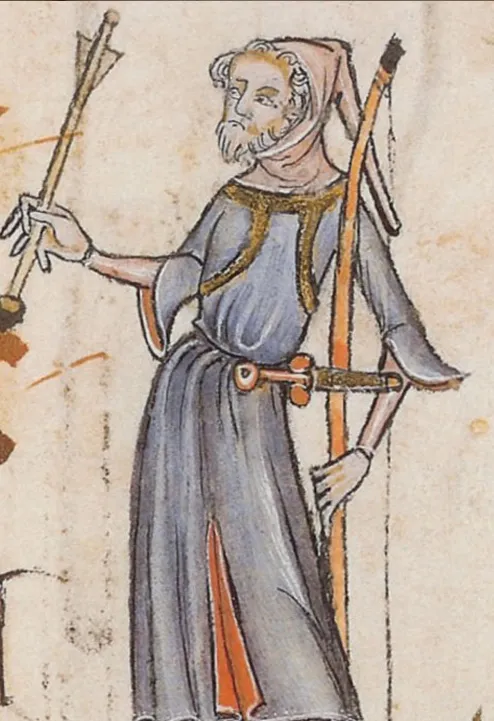
Ausselian Archer by Some Medieval Manuscript (Public domain)
Such indecisiveness could have cost us the battle. I can understand a desire to keep your own men safe, but your countrymen were in a fight for their lives not far from where your horses stood! Thankfully, you and your men served admirably when eliminating the intercepting squadron and for that I can be grateful.— Elbel Vehlow-Boerk, General of the Ausselian Forces
Flight of the Routed
As the battle raged on, the idle cavalrymen noticed the fleeing Ruekish archers. Seeing them as a safe target to harass, they crashed through their ranks, piercing and slashing all of them until there were none left standing. The other unit of Ruekish archers broke under the pressure that they had been put under, disengaging in a chaotic mess, leaving dozens of their companions bloodied in the rough grass.
Some of the Ausselians had reached their limit as well. A group of infantrymen who were one of the first to enter combat made the choice to retreat as they were exhausted and weary of their losses, especially when seeing additional enemy forces approaching their line, some of whom were clad in the best steel money could buy.
Over at the centre of the battlefield, Ausselian heavy infantry, the general's personal bodyguards, drove off the assailing infantry force that routed some of their archers and Elbel ordered his pikemen to assist the flanks.
The Final Clash
With little in the way of opposition, the Ausselians tore through the center, using the gap in their enemy’s line to overwhelm their foe and flank them whenever possible. Eventually, the Ruekish right flank collapsed as their men understood all too well that all hope was lost. The left flank was crumbling as well, forcing some of their more agile infantry to slip away and flee while their pikemen found themselves encircled.
Ausselian cavalry continued to harass routed units, mercilessly slaughtering whoever they could get their hands on. The whole unit seemed lost in a fit of rage from which there was no escape.
The last of the Ruekish to stand their ground were the surrounded pikemen and Chancellor Kilas’ own elite heavy infantry. Without a miracle, there was no hope of victory anymore, yet they still fought. Eventually the chancellor had found himself up against the best that the peasants’ republic had to offer, the general’s bodyguard.
Don’t give in to thoughts of cowardice and dishonour! You are men of great valour, sons of distinguished men whose ancestors performed feats unimaginable. If you give in now, you’ll have brought shame to your whole families!— Kilas III, the Duke of Nordhei and Chancellor of Rueken
Downfall
Outnumbered and outmatched, Kilas stood no chance against his enemy, yet he refused to admit defeat. In stubborn defiance and denial, he shouted order after order, forcing his men to continue throwing away their lives for the sake of preserving his dignity. Surrendering to a peasant army would have shattered his reputation and without the prestige he was accustomed to, his position as chancellor was at risk.
Many of the Ausselians seemed to revel in the bloodshed and even as brother after brother dropped dead beside them, they were content knowing that victory and vengeance was theirs. Eventually, one of the Ruekish ordered the troops to lay down their arms. It was not Kilas who had given the order, but a lowly soldier among his bodyguard who stood next to the chancellor, his body slumped on the bloodstained grass with blood oozing from his head.
The battle was done at last, and there was hope for peace among the soldiers on both sides.
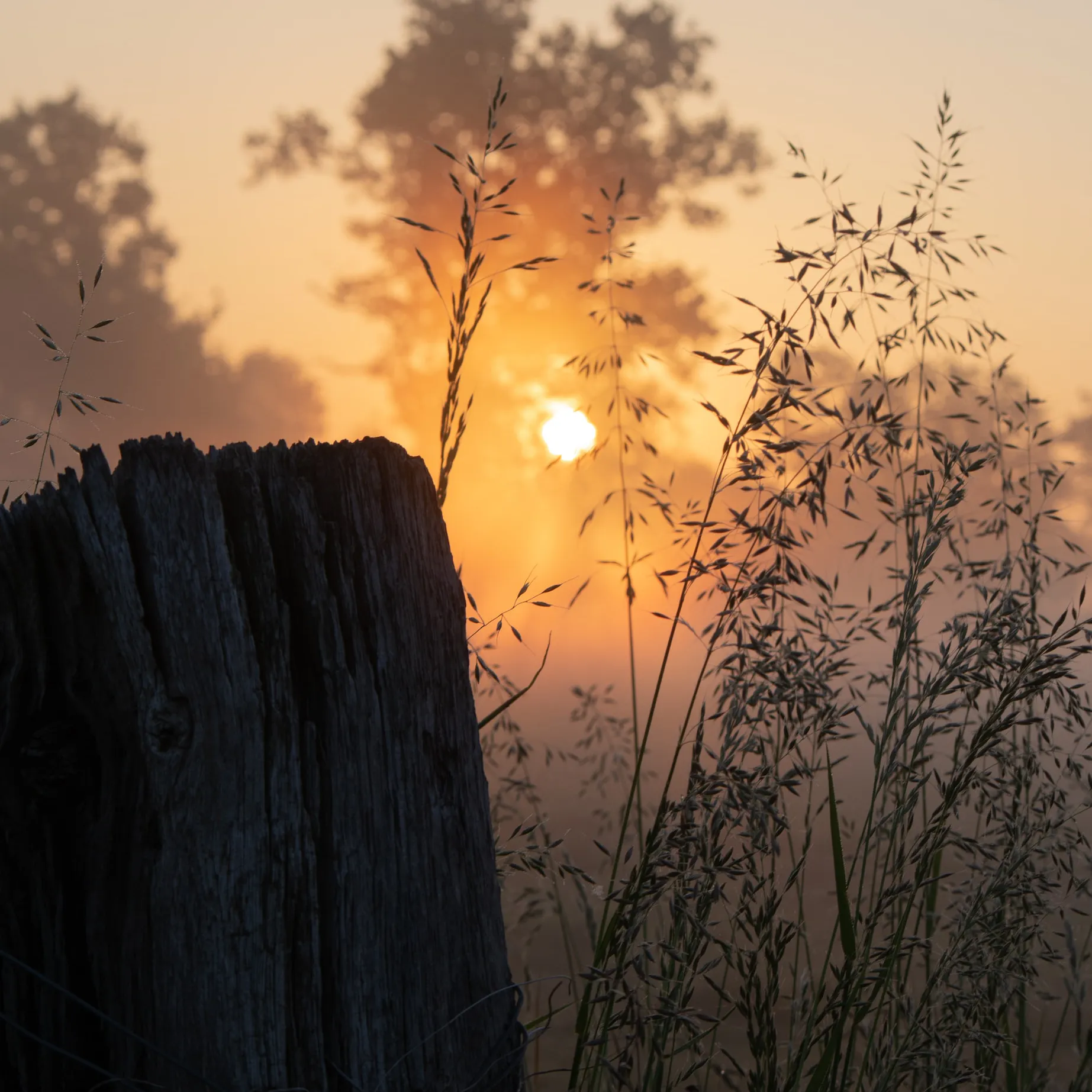
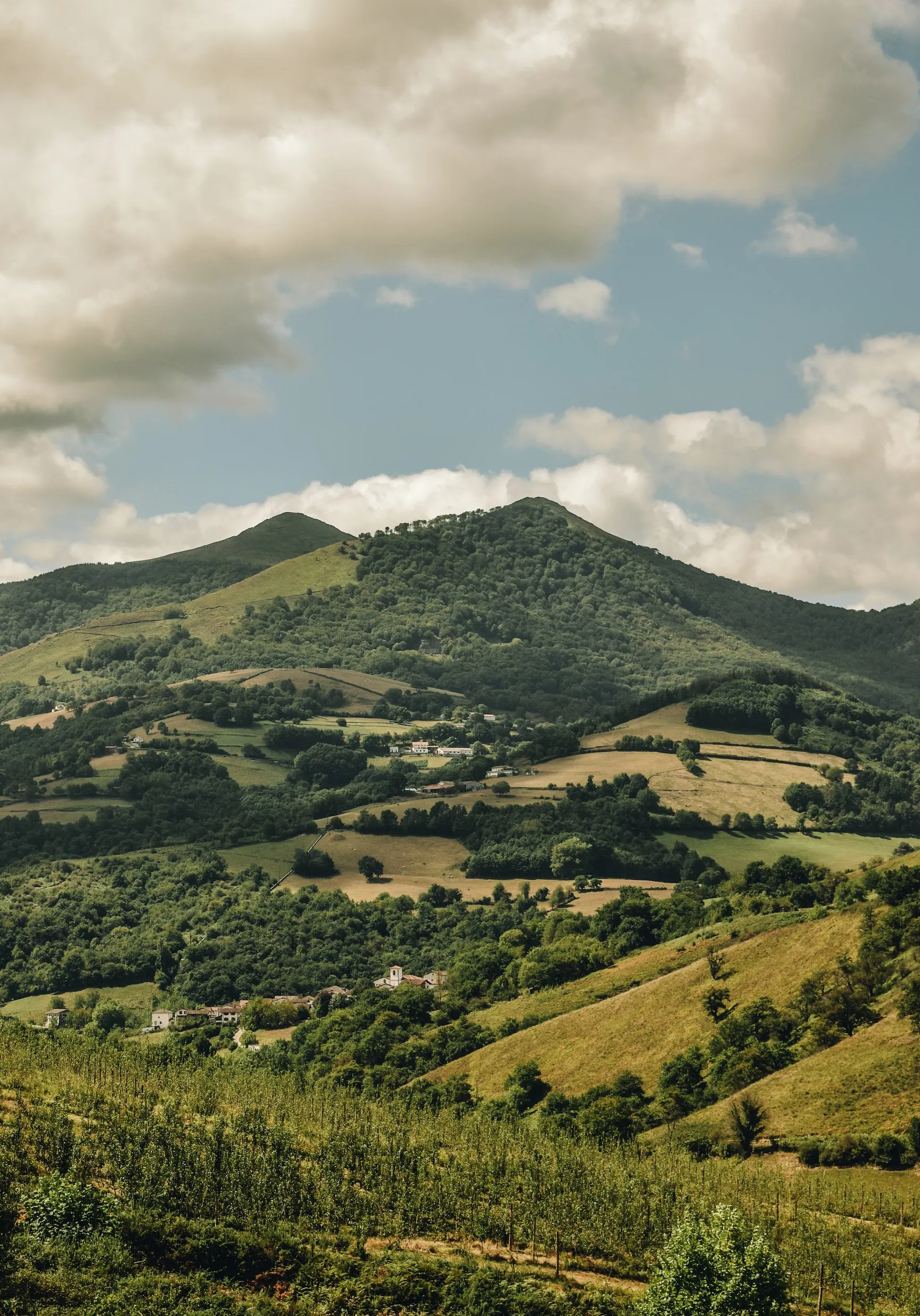
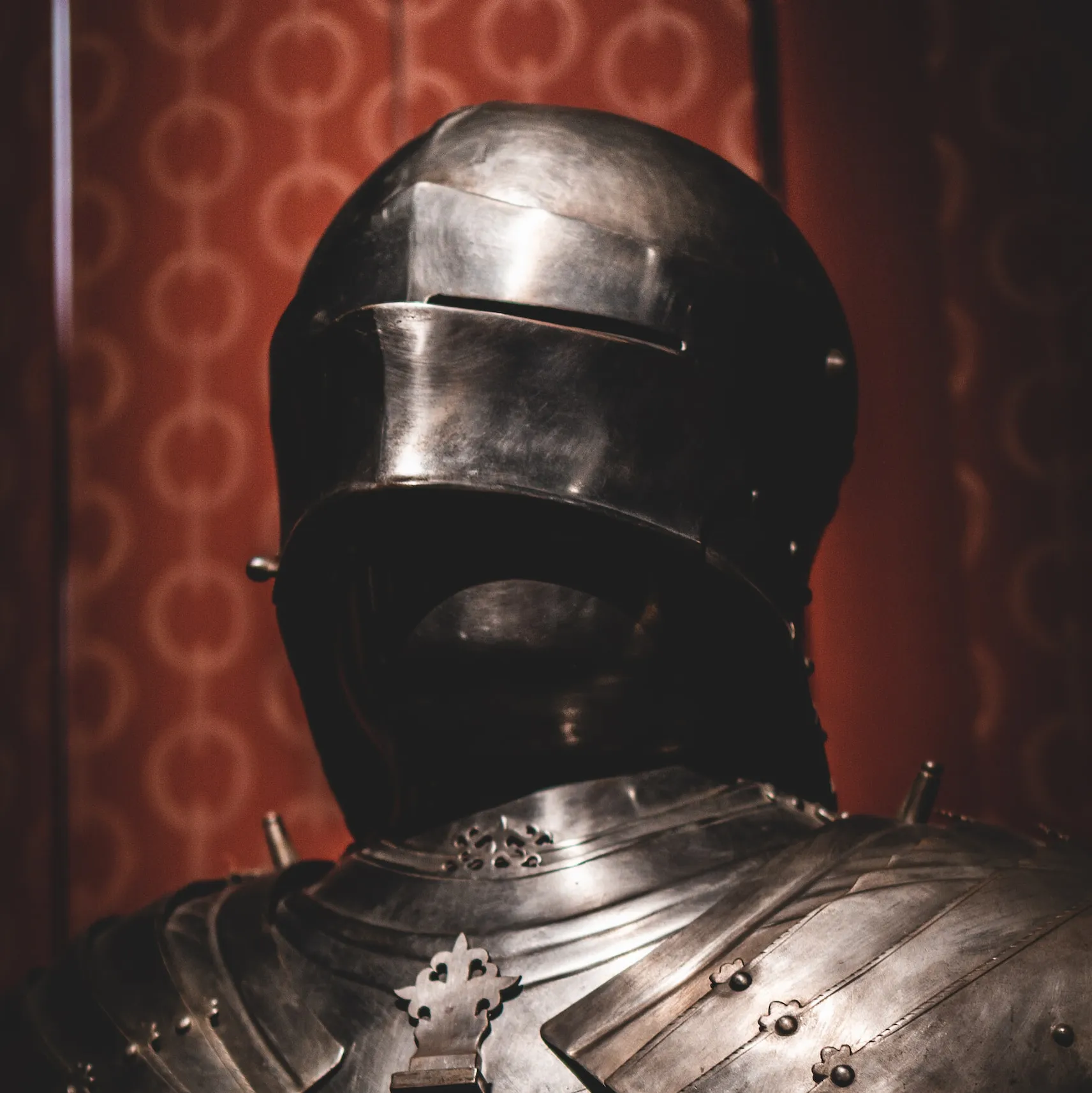
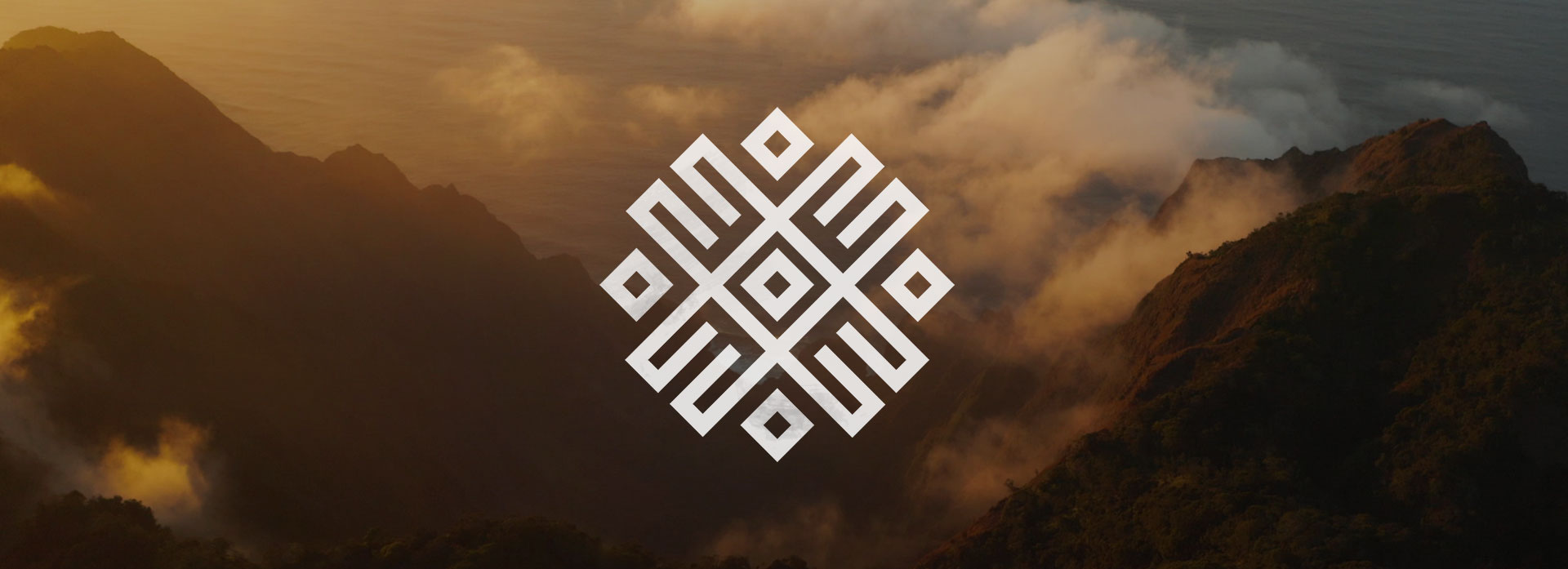

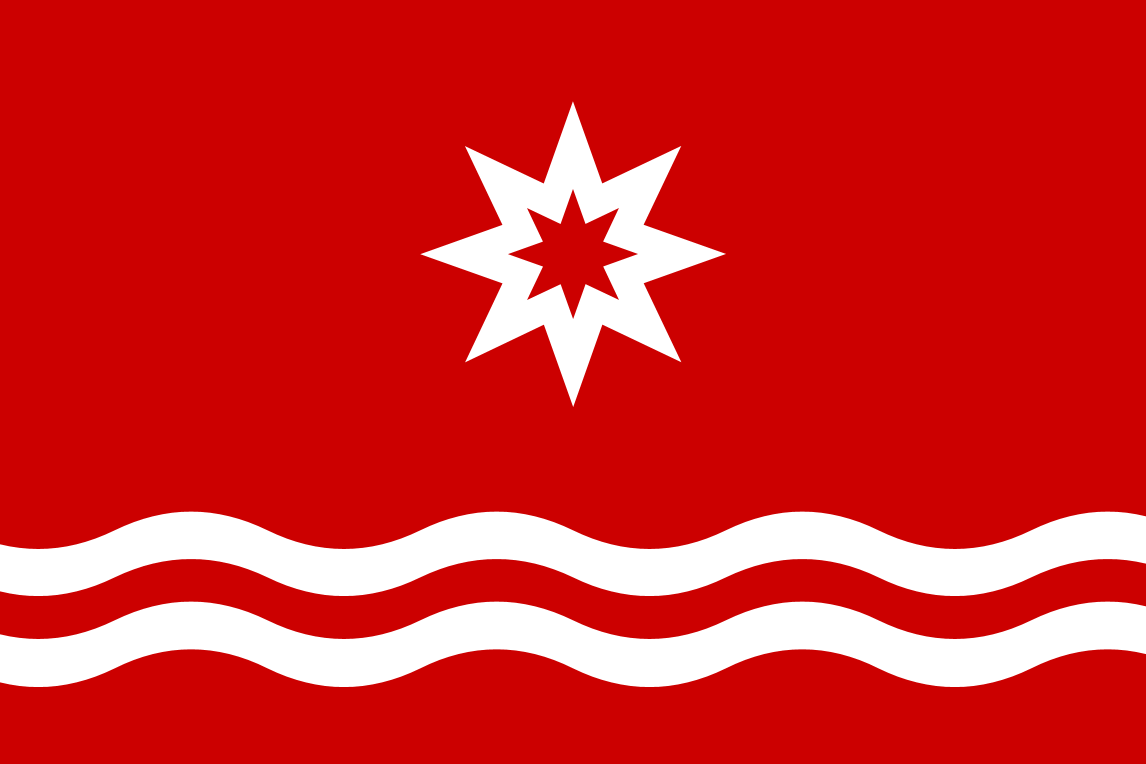










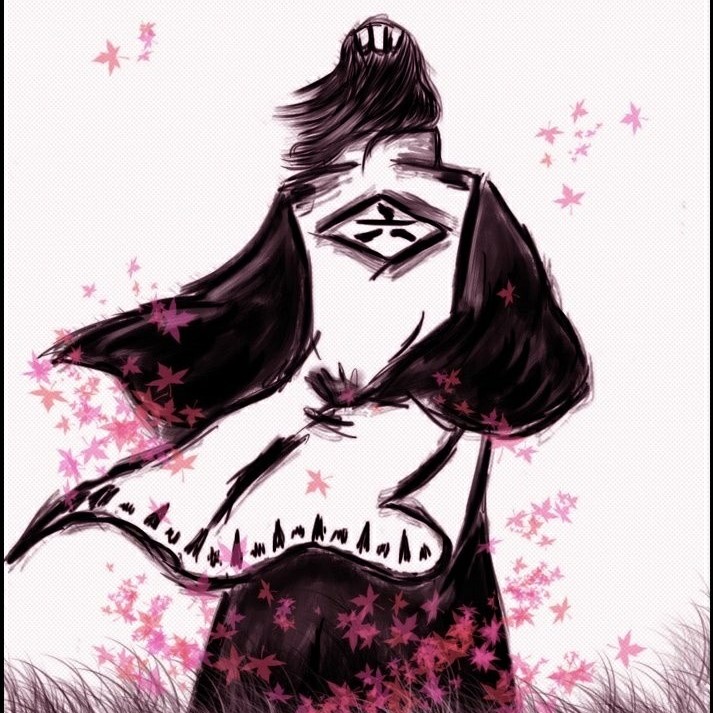
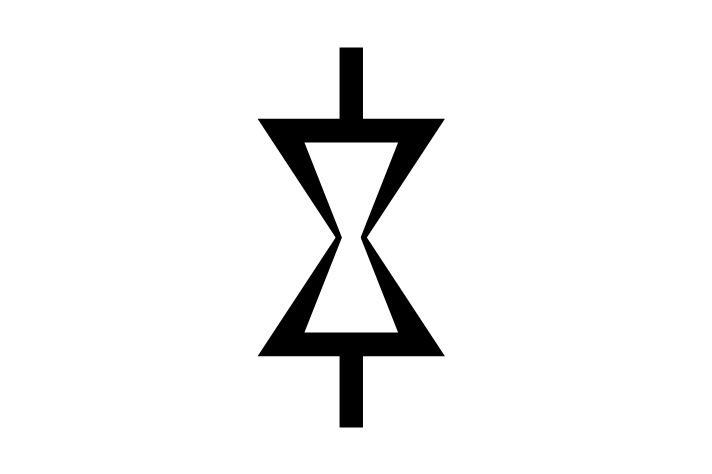


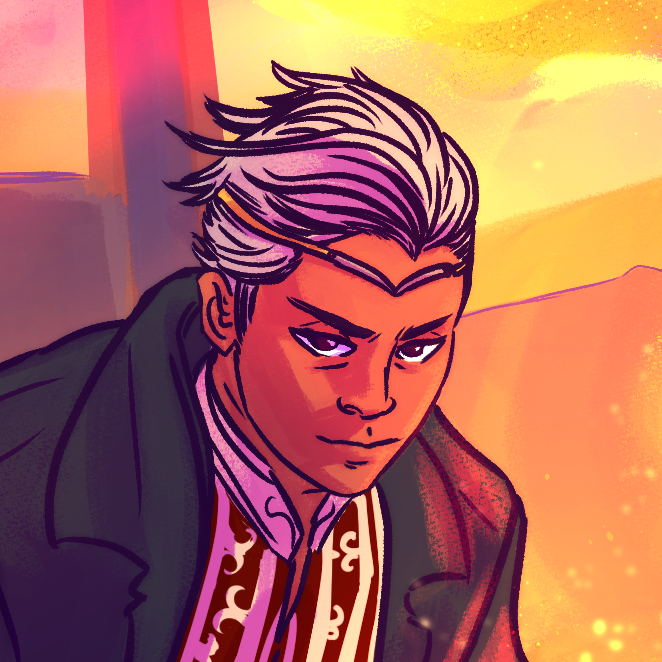
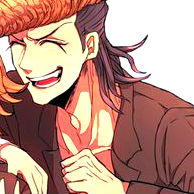
Another great conflict article from you :) Really good read If I may ask, how did you make the battle map at the end? its cool :o
Oh hey there, I see you sneakily found this before I had shared it :D I didn't get around to proofreading last night so some mistakes have been fixed since now. The map itself was quite simple, I was hoping to get a bit more artsy with it this year but since I got around to writing this so late there wasn't any time. I have a whole system I developed for playing out battles, you can look up battle system in the search here (although the rules aren't all too well written down) Once I've played out the battle I get the casualties that you see in the sidebar and then I just try to cut what had happened into several stages and then I write and map out each of those stages, sometimes changing a few smaller details from when I played it out. The map itself is just photoshop, some rectangles and crudely drawn lines.
Maker of Maps
Yeah, was looking up other entries into the conflict category and saw yours and I had to read the master of conflicts article ;) Thanks, that system will probably come in handy next time I have to write a battle :)